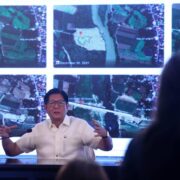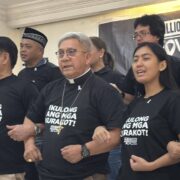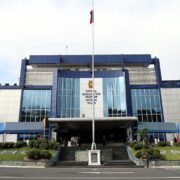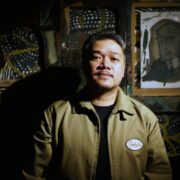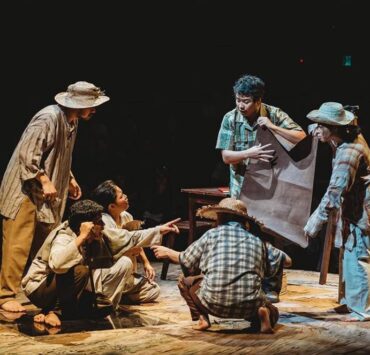Baguio moves to preserve heritage, promote art and culture
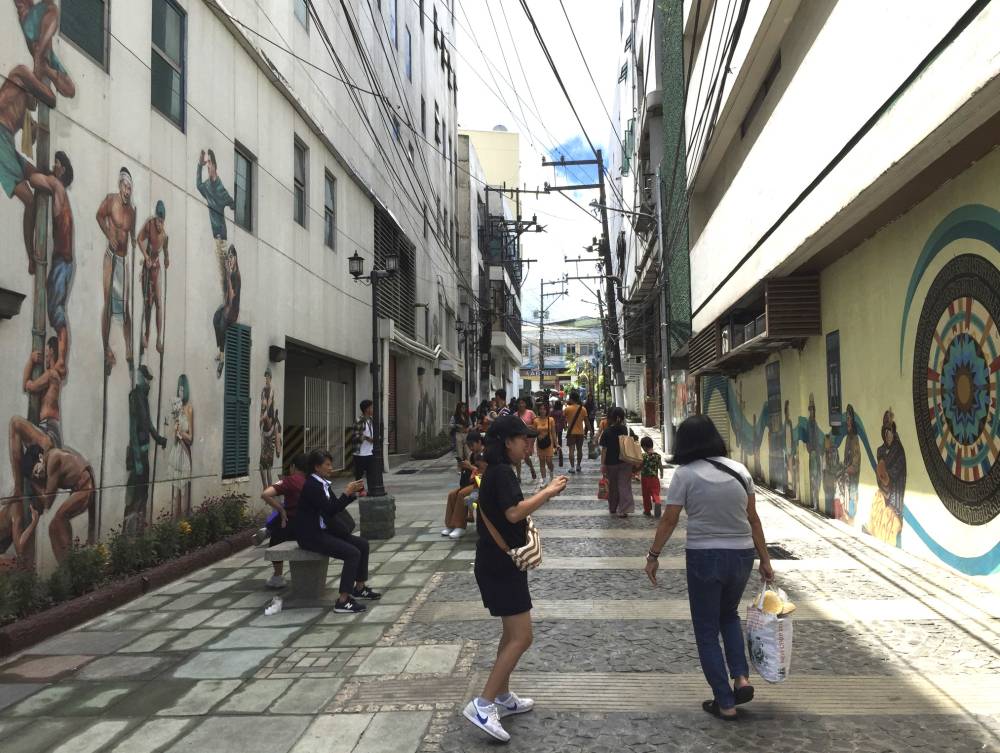
In 2022, the Teatro Amianan of the University of the Philippines Baguio (UP Baguio) was awarded the Haligi ng Dangal in Architecture by the National Commission for Culture and the Arts (NCCA) for its innovative and adaptive design.
Designed by architect Aris Go, the building characterizes the ever-changing architectural landscape of Baguio, which recently celebrated its 115th founding anniversary.
According to the NCCA, the building “stands as an architectural manifestation of a site-specific reaction toward constraints and explores a contextual approach in design thinking by transforming a restrictive site into a space unbounded by its own limitations.”
This was done “through material experimentation in timber construction and dematerialization of the physicality through the use of colors.”
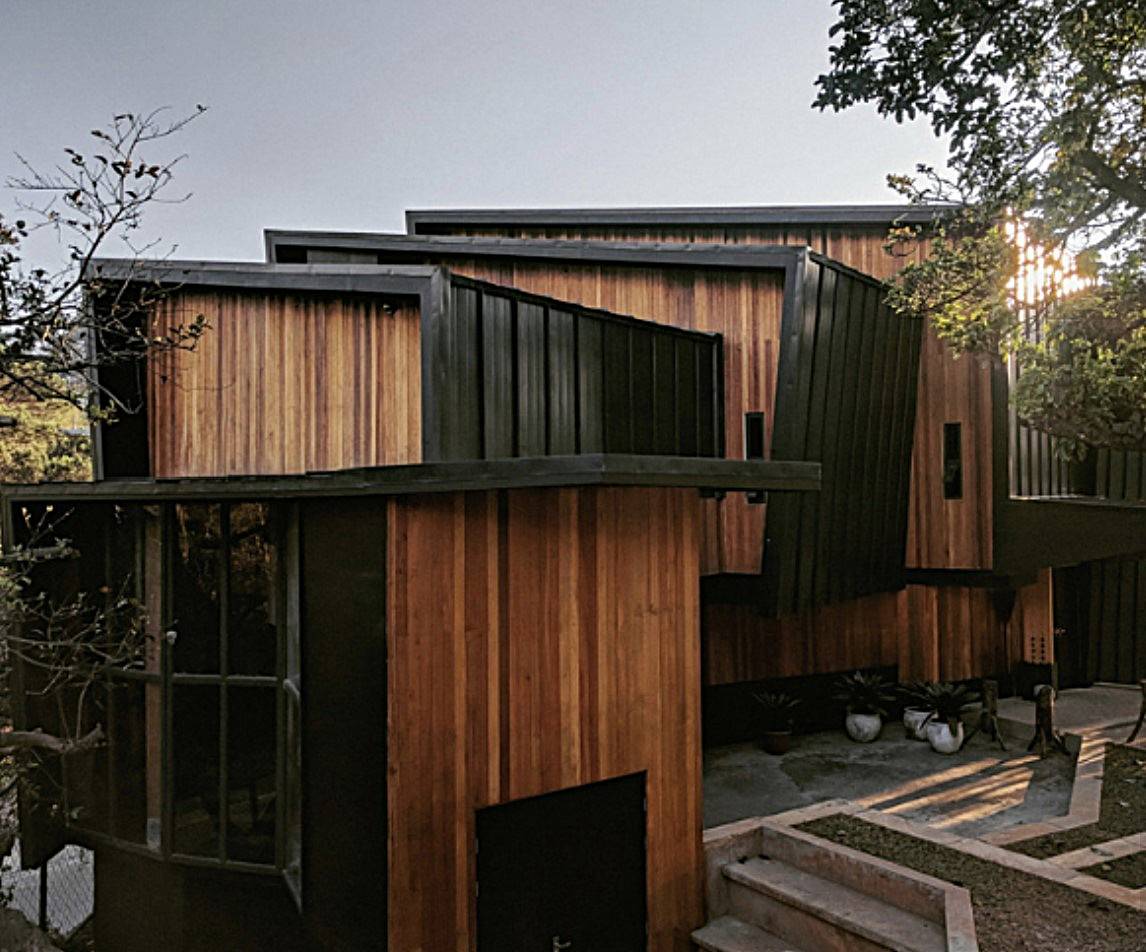
The use of timber, earth colors and abstraction of forms characterizes Go’s works, and is evident in his other buildings such as the Museo Kordilyera and Balay Internasyonal, all inside UP Baguio and G1 Lodge on Leonard Wood Road.
Go and his architectural firm, 90 Design Studio, are also responsible for the rehabilitation, for free, of the city’s Malcolm Square, a popular resting and loitering spot among locals and visitors.
Go’s works are part of Baguio’s vibrant built environment composed of buildings from before the time of its foundation in 1909 to the present, representing different layers of influences from the indigenous tradition to postmodernism.
The most popular ones are the American-era Dominican House (Diplomat Hotel), the nearby Mirador Jesuit compound with its villa and Lourdes Grotto, City Hall, Burnham Park, the Baguio market, Our Lady of the Atonement Cathedral and its two-story wooden convent, Pink Sisters Convent, Casa Vallejo, the Stick-style buildings inside the Teacher’s Camp and Camp John Hay, Mansion House (now the Presidential Museum) and Wright Park, and the Laperal House (White House) on Leonard Wood, now an upscale restaurant called Joseph’s.
Session Road
Baguio’s most famous street, Session Road, is host to a number of heritage buildings dating back from the American colonial period to the mid-20th century.
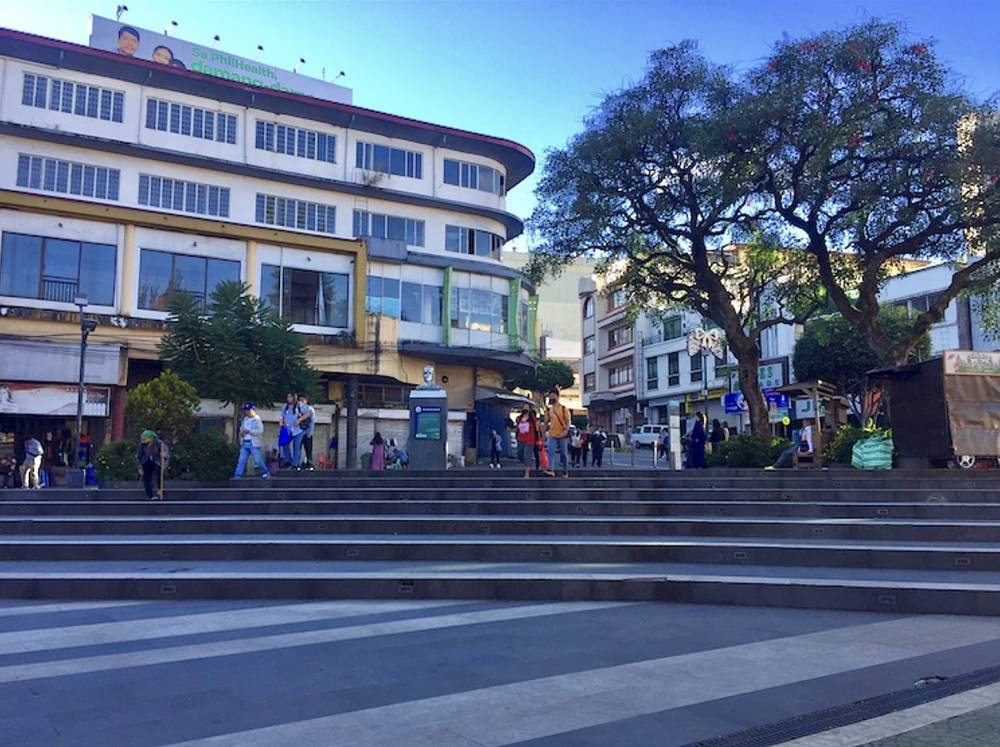
These include the Post Office Building; Art Deco edifices of Pines Arcade, Session Theater and Antipolo Building; Philippine National Bank Building; Laperal Building; Abellana Building; and the nearby Plaza Theater building.
Although relatively new, other landmarks found on Session Road are the modern structure of the Porta Vaga Mall and the eclectic Puso ng Baguio Building.
Just off Session Road are the Mabini Arcade on Lower Mabini Street and the abandoned wooden Baden Powell Hotel on Governor Pack Road.
As the melting pot of many ethnolinguistic groups from various parts of the country especially the Cordillera, Baguio has quite a number of indigenous or indigenous-inspired structures which were transplanted or modeled after those found in the provinces of Benguet and Ifugao.
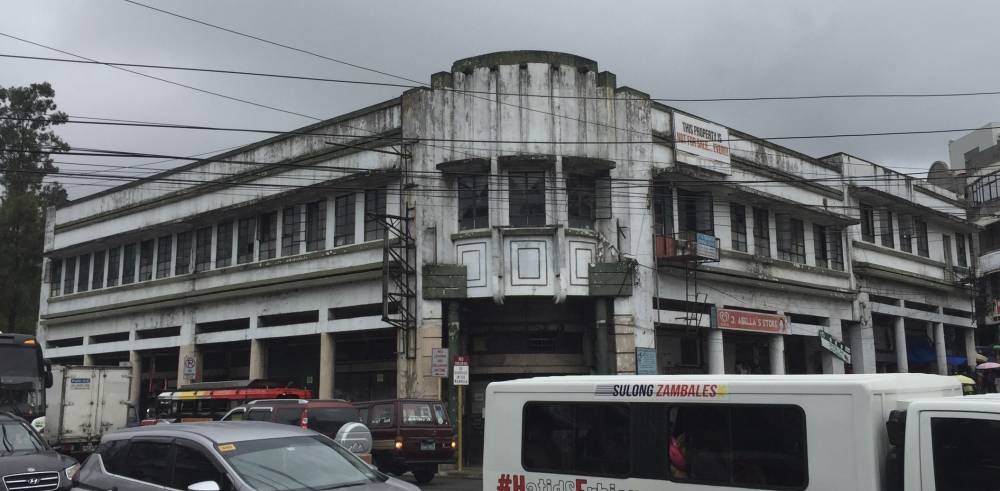
These include a fertility hut from Ifugao and Kalinga’s traditional abode called finaryon inside the Tam-awan Village in Pinsao Proper, Baguio Museum on Governor Pack Road, the Jorge Ramos-designed Baguio Convention Center in front of UP Baguio, and the terminal of the Loakan Airport.
The latter traces its roots to an airstrip at Burnham Park during the American period, which was later transferred to the Trinidad Valley in La Trinidad in 1966, to its present site in Loakan Proper.
American flag
Another structure that bears the indigenous architecture footprint is the Maharlika Livelihood Center at the corner of Magsaysay Avenue and Harrison Road.
Opened in the 1980s, this structure replaced the city’s American period stone market, which was destroyed by fire in the 1970s.
Its stone seal, a relief featuring an eagle, American flag, images of agricultural products and dated 1917 is enshrined at the current building’s main entrance.
Apart from Camp John Hay and Teachers Camp, structures of the Stick style are also found inside the compounds of the Supreme Court, Court of Appeals and Camp Allen.
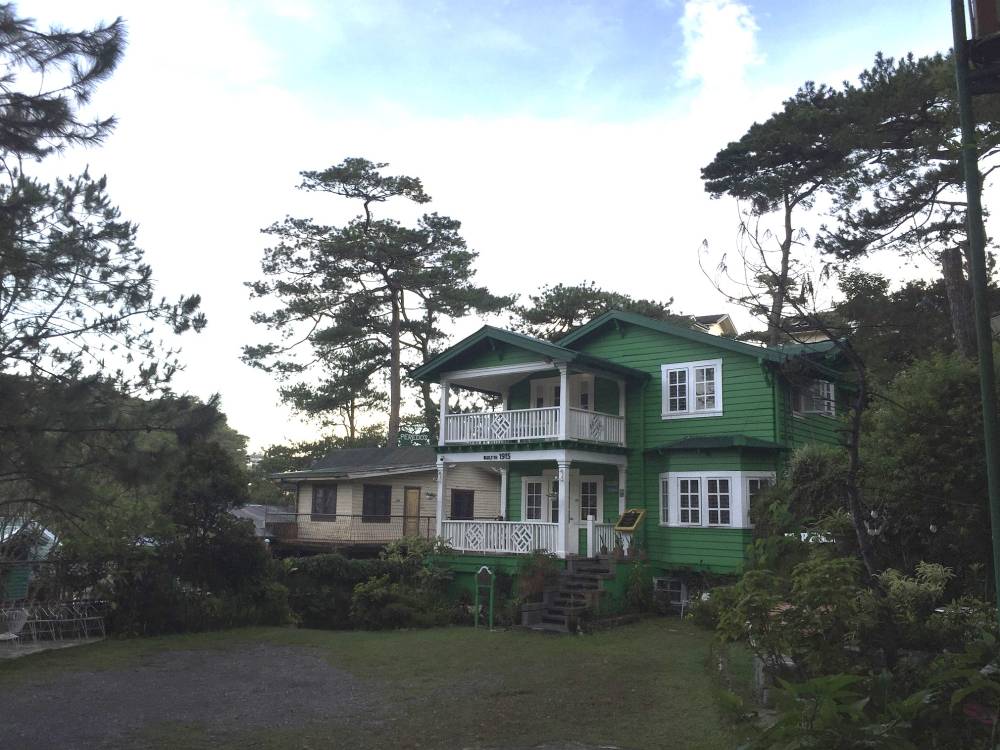
This is the style popular during the American period which continued until Baguio’s postwar years.
Houses of these type are located in areas such as along Loakan Road, near its junction with Military Cut-off and Upper Session roads and South Drive, Outlook Drive and Claro M. Recto Street.
A good example of this is the Peredo’s Lodging House on Recto, which was declared an Important Cultural Property by the National Museum in 2015, the same year the Laperal House was also declared as such.
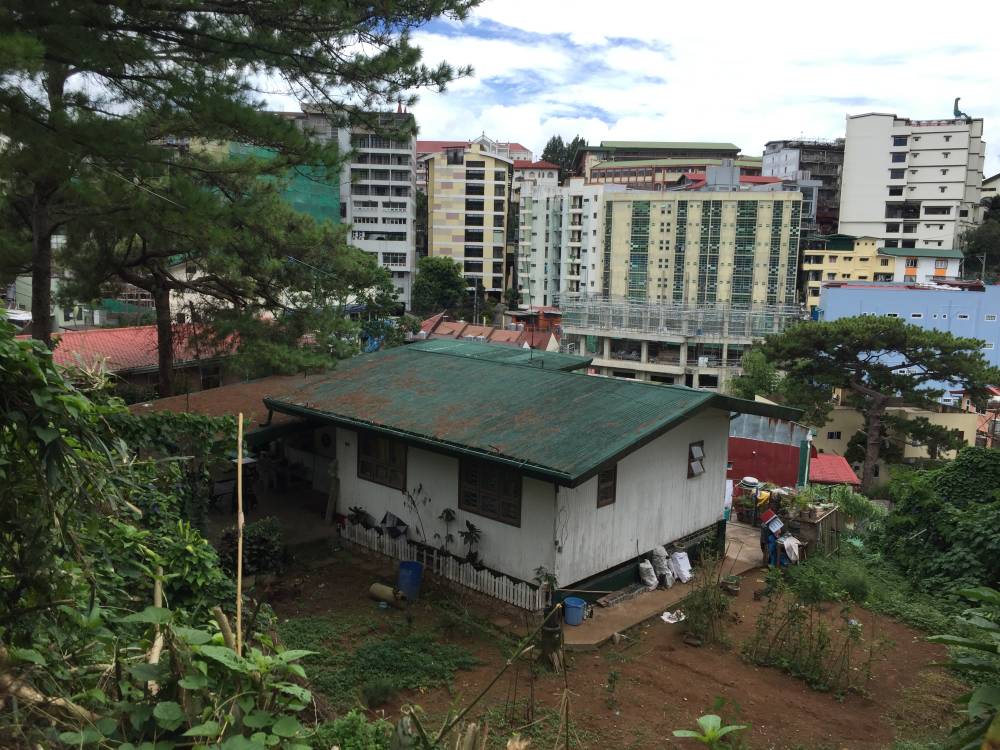
Also found on Recto Street is another impressive old abode, which is now called the American Heritage House, and the preschool building located inside the Berkeley School campus, which also has a deconstructivist building.
Owing to its topography, Baguio, as with other Cordillera towns, also has “trick houses” or houses that look like bungalows but are actually multilevel structures.
One such structure is a house on Leonard Wood Road beside G1 Lodge. This house has a single-level appearance on Leonard Wood Road, but in truth, is four stories high if seen from the Bagumbayan Road at the back.
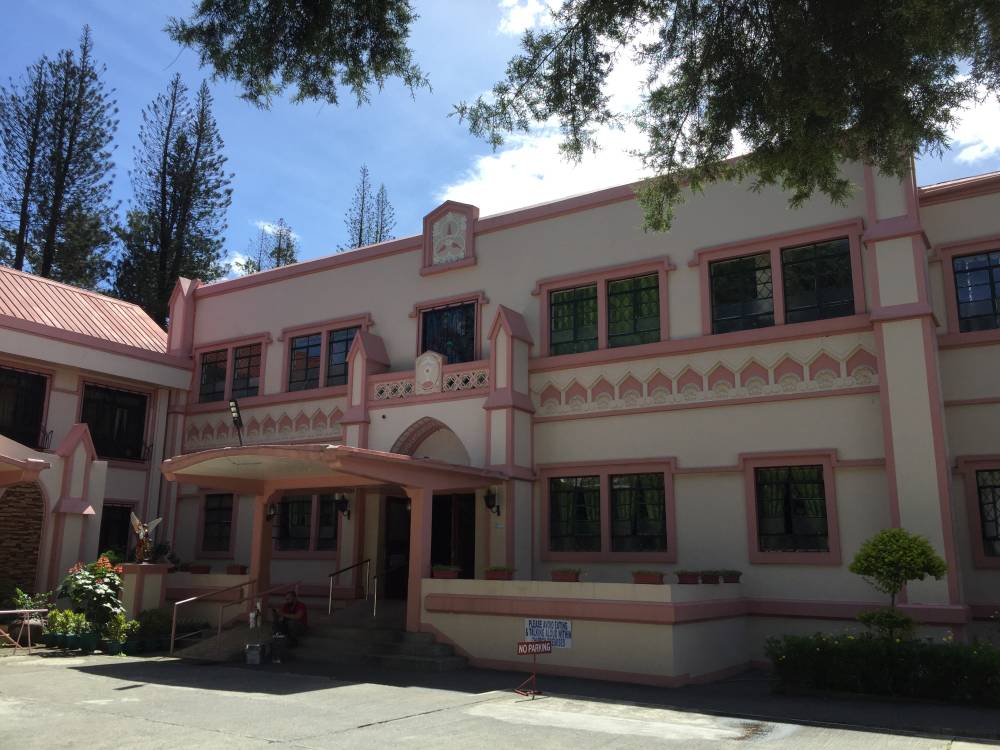
Other structures
A thorough survey of Baguio’s built environment is needed to document its built heritage in the face of widespread economic and environmental developments. It still has many other important and prominent structures apart from those mentioned.
These include the postwar Baguio Central School, Baguio City National High School, the Art Deco Bayanihan Lodge on Shanum Street, Juliana Apartments and its neighboring building on Otek Street, Ating Tahanan of the Girls Scout of the Philippines on South Drive and the Leonard Wood Bridge’s steel structure restored through the Philippine Rehabilitation Act of 1946.
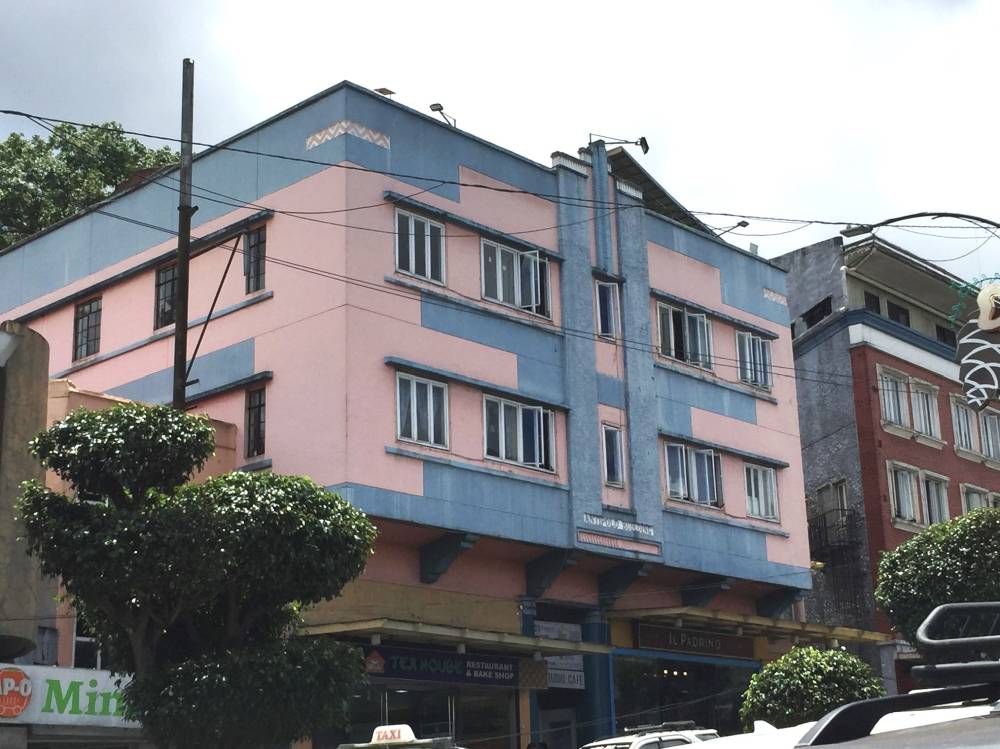
Other heritage places of worship include the Saint Vincent Ferrer Church and Saint Joseph Church on Naguilian Road and Pacdal Circle respectively, a wooden American period chapel (now a library) inside the Easter Weaving Room on Easter Road and the Iglesia ni Cristo kapilya in Pacdal.
Also worth noting are the Ili-Likha Artists Village and Saint Louis School buildings on Assumption Road.
In his recent State of the City Address, Mayor Benjamin Magalong stressed the city’s thrust of “revitalizing urban regeneration,” which includes heritage preservation and arts and culture promotion.
“This involves preserving heritage and innovating for the future, blending culture, arts and community well-being,” he said.

The city’s chief executive further added that a conservation management plan and detailed engineering study are underway for the Dominican house (Diplomat Hotel), which are prerequisites for its eventual conservation and adaptive reuse.
He also said that Perfecto and Emilio Jacinto streets will be converted into “additional living streets,” like what was done on Carantes Street.
These will include the pedestrianization of these streets, the painting of murals, planting of plants and installation of benches for visitors.



